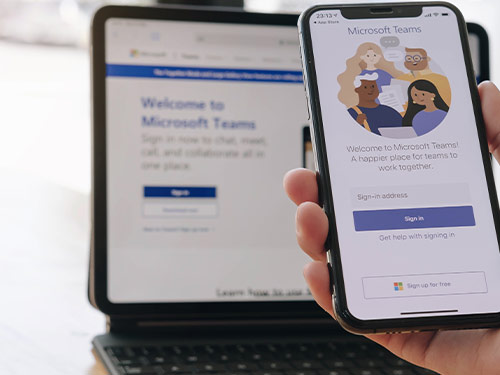Hardware and meeting app vendors are rushing to deliver solutions that enable equal experiences for both remote and in-office meeting attendees.
As a growing number of companies have implemented return-to-the-office policies, meeting experiences have become disjointed. It used to be that remote attendees were at a disadvantage. They couldn’t see those in the meeting room nor could they see what was being jotted down on dry-erase whiteboards or paper. In many cases, those dialing into meetings struggled to hear conversations. And, only when the meeting leader specifically asked for their input could they contribute – if they were even still on the call.
The Tables Have Turned
Fast-forward to today and that paradigm has been turned on its head. Now, it’s the in-room meeting attendees who often find themselves at a disadvantage. When sitting at a table with a traditional front-of-room video system, in-room attendees often can’t see chats and shared content, contribute to virtual whiteboard sessions, virtually raise their hand to indicate that they have a question, or easily participate in polls. If those in the meeting room are less able to participate in meetings, then why even come into the office at all?
But even those who attend remotely still have struggles seeing and hearing people in the room, especially if furniture configurations result in some participants not easily being visible to the front-of-room camera.
Hardware-based Meeting Innovation
In recent weeks vendors, both hardware and meeting apps, have accelerated their efforts to solve these challenges by delivering solutions that provide for equitable meetings; the idea that all participants, regardless of location, should have the same ability to see one another and to collaborate on shared platforms.
On the hardware front, recent examples include:
Continue reading at nojitter.com.





